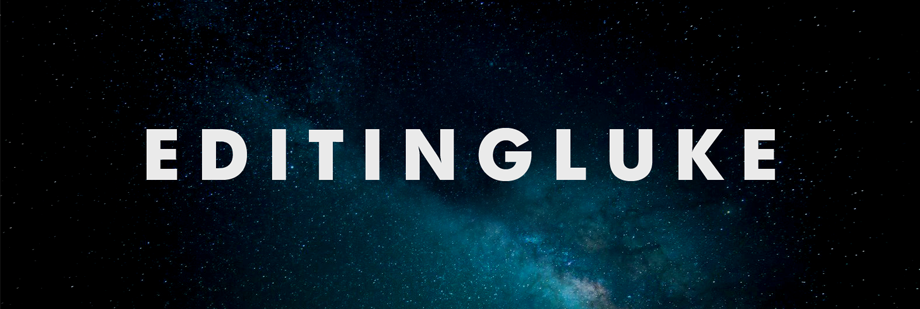As part of my continually progressing edit studio upgrade, this week I purchased the newly released Avid Studio. For years I've done the bulk of my editing work on Pinnacle, this is also an Avid product, and although both Pinnacle and Avid Studio are based in the consumer to prosumer series of editing products they're both able to produce professional level results. I consider this to be the best of both worlds.
Pinnacle, and now the new Avid Studio, continue on with a tradition of user friendly functions and a wide range of custom options for the more advanced editor. The long and short of it is that if you've enjoyed Pinnacle, you'll enjoy the refined features (and more ambitious layout) that Avid Studio provides.
The basic rundown of features looks like this:
The basic rundown of features looks like this:
- Sophisticated movie editing tools, including markers and keyframes
- Powerful media management library to organize videos, photos, and audio
- Media editor to apply corrections or effects to videos, photos, and audio
- Unlimited timeline tracks for advanced editing and compositing
- Professional add-ons and plug-ins (valued at over $2,000):
- Red Giant Plug-in package
- Complete Avid content package
- 100 additional HD video transitions
- Comprehensive collection of how-to videos from Class on Demand™
- Motion Titler for adding animated graphics and text
- Audio tools for professional sound quality
- 5.1 surround sound import/export functionality
- AVCHD burning; DVD and Blu-ray disc authoring and burning tools
Avid Studio comes with an ambitious collection of new transitions and filter options, however at least half of them you'll never use because they look like they came from community TV in the mid-90's. I guess this is always the case if you're looking to work off of presets. There are some great effects though, that when tweaked, allow for some very unique looks and titles that you can preview on your clips in real-time.
Capturing video is also made easier as the software will catalogue your individual shots as it imports instead of just showing one lump sum of video. This makes scrolling your library a breeze, and makes picking and choosing the clips you want simple.
In general, Avid Studio adds a bit more polish to where Pinnacle leaves off. A more structured (and in some ways, technical) timeline is helpful for larger, more intensive edits, where coordinating specific shots requires the space and markers to do so. All this is achieved while still maintaining a clean and efficient layout, that even a novice editor could pick up without too much effort.
As someone who edits on a day to day basis, the strength of this software is in its obvious interface that takes the pompousness out of other programs. I found it easy to organize and layout numerous tracks of footage, cut between them, and make precision edits.
I look forward to experimenting and using Avid Studio in combination with my other editing software as I move forward. I think it's yet another amazing example of just how affordable it's becoming to produce diverse and high-end video on a smaller (and often) individual scale. If you're passionate and educated about editing, I think you'll find that no one will notice you're using a relatively affordable piece of software - in fact, you'll have others who screen your work asking how you did that and what you were using.
With so many options, it's a good time to be an editor.
For more info, check out the follow up post I wrote that highlights some of the problems I've come across with Avid Studio and where it could use improvement - CLICK HERE.




















